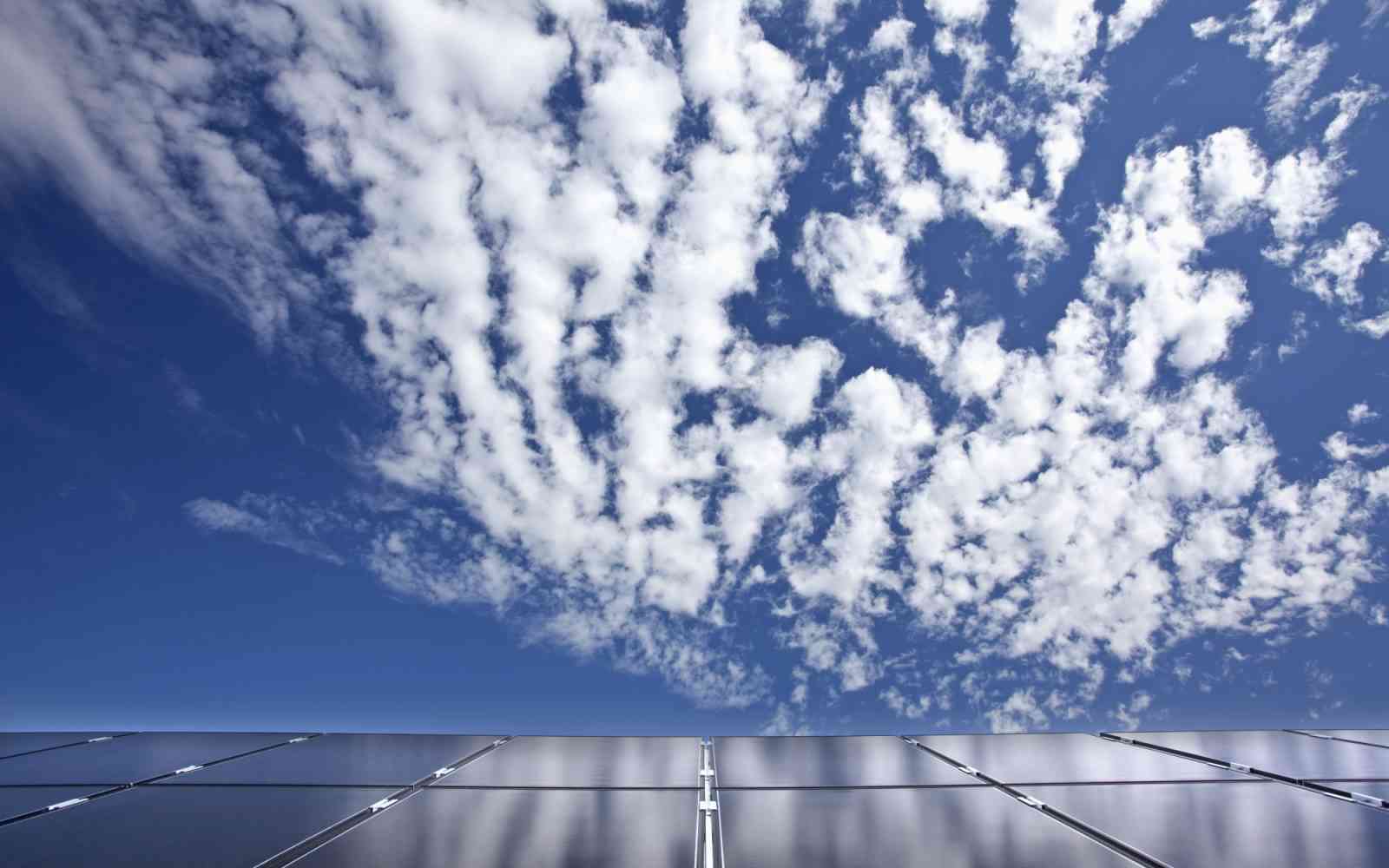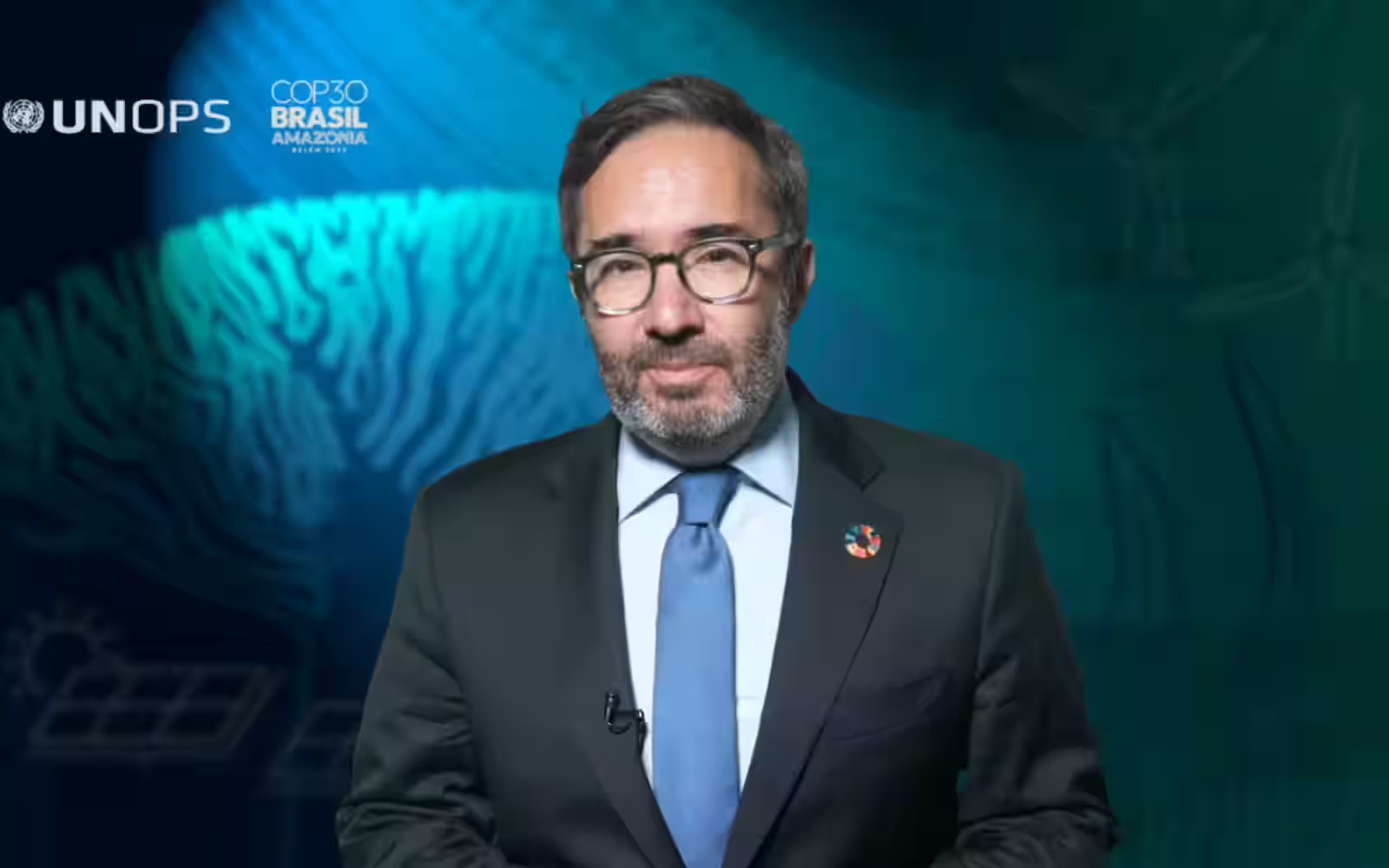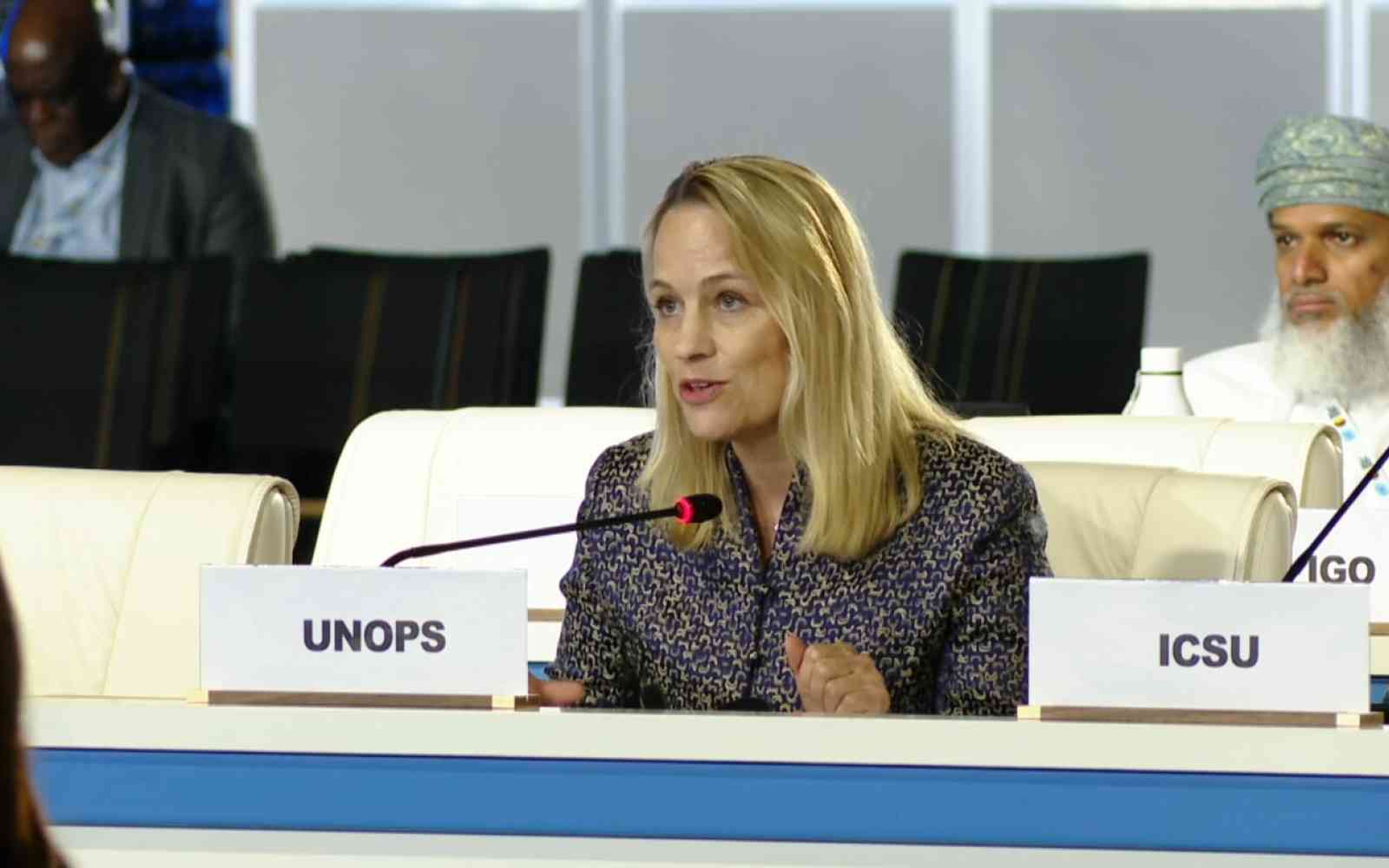The United Nations Office for Project Services (UNOPS)
Déclaration lors de la séance interactive intitulée « Les infrastructures énergétiques : vers une transition juste, verte et résiliente »
Déclaration de Jorge Moreira da Silva, Secrétaire général adjoint des Nations Unies et Directeur exécutif de l’UNOPS, à la séance interactive de l’UNOPS lors de la deuxième session ordinaire du Conseil d’administration du PNUD, du FNUAP et de l’UNOPS, le 29 août 2023 (en anglais).
Excellencies, honorable members of the Executive Board, observers, colleagues,
Good afternoon - and what a pleasure to open this interactive dialogue, on “Infrastructure for Energy: Pathways towards a just, green and resilient transition”.
Allow me to start by thanking all of you - both colleagues present and those joining us remotely - for your participation at this important event.
In particular, I would like to extend our appreciation to the President of the Executive Board, Ambassador and Permanent Representative of Kenya to the United Nations H.E. Martin Kimani for chairing this session.
This is such a timely conversation.
Halfway through the 2030 Agenda, our world is clearly not on track to achieve Sustainable Development Goal (SDG) 7, which aims to ensure access to clean and affordable energy for all.
Huge gaps persist in energy access globally - and you will be familiar with scale of the needs:
Nearly one in three people, the vast majority of them in the poorest regions of the world, still lack access to clean cooking facilities.
In 2021, 675 million people were without electricity. And we know that the bulk of this population live in sub-Saharan Africa - where nearly 600 million do not have access to electricity.
If we don’t take action to accelerate progress - the prospect for these communities looks grim:
660 million people are projected to still lack access to electricity in 2030, and 1.9 billion people would continue to rely on polluting cooking fuels.
This will have serious consequences across all aspects of the 2030 Agenda: from the health and well-being of populations, to access to healthcare and education, not to mention the triple planetary crisis that we face. Failure to achieve SDG7 hinders human development and economic growth.
Quite simply - the SDGs will not be achieved without clean and affordable energy for all.
Infrastructure - the focus of this session - is key to the clean energy transition.
Research conducted by the United Nations Environment Programme (UNEP), UNOPS, and Oxford University found that 92 percent of the targets under the Sustainable Development Goals depend on infrastructure. Yet infrastructure also accounts for almost 80 per cent of all greenhouse gas emissions.
There is a clear need to reduce the carbon footprint of infrastructure and support the decarbonization of sectors such as energy, transport and buildings.
UNOPS, as you know, has particular expertise in infrastructure. Given infrastructure’s centrality to the energy transition - we wanted to create a space via this interactive session to get our partners with focus on energy to address key questions that impact our collective work to support SDG7.
We appreciate that we do not have a programmatic mandate in this area - instead we have a focus on implementation. But implementation must align with policy reforms to deliver on the energy transition. The bottom line is that delivering on the SDGs - including SDG7 - requires decisive action and strong collaboration across all levels.
And we are extremely lucky to have such a diverse panel of participants - from governments, international organizations and civil society, to share their views, experiences and lessons learnt.
So this is an important forum to ask some key questions in this journey - including: how do we ensure access to energy for all, while transitioning away from fossil fuels in a just, inclusive and equitable way?
Of course, there are many dimensions to this challenge, from financing to policy, from innovation to skills development, and importantly we need to consider the reality of implementation in different contexts.
This session focuses on the fundamental questions that bring together these varying strands: what do we need to do together to boost infrastructure for energy and accelerate a green and just energy transition.
And as you can see - we have structured this conversation around questions of transformation, acceleration and inclusive action.
And I would like to say a bit about their importance.
To quote the Secretary General, “Renewables are the only path to real energy security, stable power prices and sustainable employment opportunities. If we act together, the renewable energy transformation can be the peace project of the 21st century”.
The good news is that change is definitely on the way. The 2030 Tracking Clean Energy Progress by the International Energy Agency shows that a clean energy economy is emerging faster than we think.
But the pace of that change is not even across regions and sectors.
For example, nearly 95% of global electric car sales in 2022 took place in China, the United States and Europe.
Parts of the energy system - such as electricity generation and passenger cars- are experiencing a faster transition. While the pace of transition is slower in areas such as the transport industry, heating and cooling. Here, more innovation is needed to usher in affordable clean energy solutions.
Energy efficiency is another key area of attention - where significant improvement is needed globally.
Investment is a key part of this puzzle.
And we have heard the Secretary General’s call for tripling the investments in renewable energy and energy efficiency globally.
Importantly, more equitable distribution of funding is needed, both for existing and future funding.
UNCTAD’s figures show that developing countries need renewable energy investments of about $1.7 trillion annually but attracted only $544 billion in 2022.
Currently, only about 3% of energy investments worldwide are made in Africa, even though the continent is home to 17% of the world’s population. Africa is home to 60% of the best solar resources globally, yet only 1% of installed solar PV capacity.
And in 2021, the 92 countries that constitute the LDCs, landlocked developing countries (LLDC) and small island developing states (SIDS) received less than a third of total global financial flows in support of clean energy.
For vulnerable countries, the focus needs to shift towards energy access and climate adaptation.
And there are other issues too that developing countries face in their transition to clean energy: often they face higher costs for access to electricity, it’s harder to access clean energy projects and so they risk getting locked into fossil fuel dependency.
Access to low-cost and concessional climate finance is crucial - as is the creation of an enabling environment for the energy transition. And then another key question: how can renewable projects be made more bankable so the demand side meets the supply side?
Of course - the energy transition only works if it works for everyone, particularly vulnerable countries and groups. It only works if it leads to the prosperity of both the people and the planet.
As an example, we know that renewable energy is more cost-competitive - both in terms of economic viability and energy security. But there is a gendered aspect to this too: In fragile economies, home-based solar systems offer important opportunities for economic empowerment and social inclusion to women.
So as we discuss ways to support the energy transition - how do we ensure that impacted communities have a strong voice in envisioning the way forward? And how do we ensure the voices of the most vulnerable are heard and incorporated within this transition?
The videos that you will see as part of today’s session show how many of these questions inform our decisions and how we implement projects on behalf of UNOPS’ partners.
And importantly - they show the absolute impact that access to energy has on improving lives around the world.
From helping households access electricity via hybrid solar systems in Gaza
To ensuring that students can attend schools in remote parts of Pakistan
From providing access to clean energy in health centers and wider communities in rural Sierra Leone,
To making sure communities have access to water and sanitation in Yemen.
From securing access to electricity and heating amid the war in Ukraine,
To supporting the broader work to push energy transition in SouthEast Asia.
------
Colleagues,
We know that infrastructure plays a key role in promoting sustainable development, addressing the climate crisis, and facilitating the transition to clean energy.
In a world of scarce resources and paramount needs, we need to make sure that we pull together
our resources to ensure the best development outcomes.
As we build momentum for the SDG summit in a few weeks time, and COP28 later in the year, it is clear that we must tackle the existential threat of climate change by ending our addiction to fossil fuels and scaling up renewable energy. Getting infrastructure right is at the heart of this.
I look forward to hearing your valuable experience and insight into how we can collectively support efficient, sustainable and inclusive energy solutions that our world so urgently needs.
Ends
Further key figures and project examples to be used in the course of the event can be found here.











